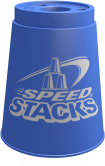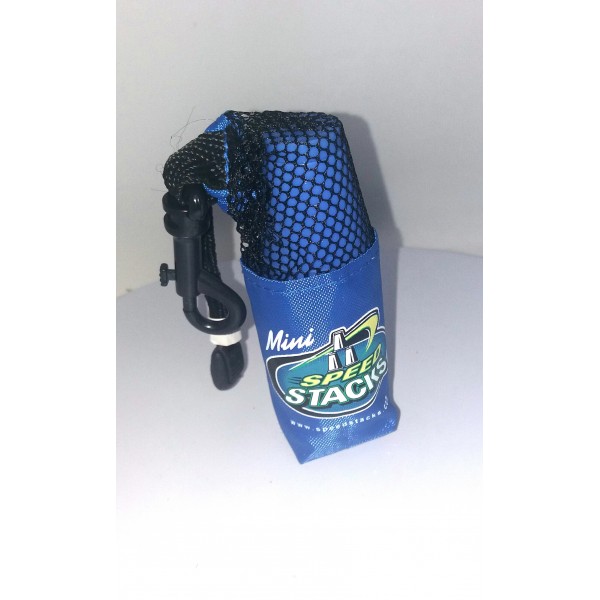


Gentian (L 51B) joined VW’s colour palette from 1971 and a rather unusual Turquoise metallic (L 95) appeared a year later. Gemini (L 96) heralded the first of the vibrant ‘70s metallics. This was followed by Diamond Blue (L 50B) from 1969 and Marina Blue (L 54) and Sapphire (L 50D) from 1970. Cobalt Blue (L 630) was similarly subdued and appeared on a variety of VWs until around 1970. Things started to come a bit more down to earth again with rather unimaginatively named VW Blue (L 633) – see below – which was offered between 19 alongside Zenith Blue (L 639) from August 1967. In the opening years of the ‘60s, Volkswagen added a raft of gorgeous and it has to be said totally timeless turquoise hues, including Turquoise itself (L 380), Pacific (L 398), the iconic Bahama Blue (L 519) below and the equally evocative Pastel Blue (L 391). Gulf Blue (L 390) came along in 1960, and the popular and long lasting Sea Blue (L 360) followed from August 1963 until 1966 (below). The somewhat understated Slate Blue (L 361) was offered from 1959 alongside the equally sombre Indigo Blue (L 436). The pastel Fjord Blue (L 434) was available from 1958, and Capri also made a re-appearance at about that time. Around this time, there was another quite attractive blue available – Capri (L 335). Metallic Glacier Blue (L 334) came next and was available from 1957 through until 1958. There was a bit of a gap in proceedings until 1956 when Horizon Blue (L 331) made its debut (below). Incredibly, the first metallic blue (L 35) appeared in March 1953, although it only lasted for around a year so it’s somewhat rare.

The now iconic Dove Blue (L 31) commonly appeared on early Buses (as below). Another very early (1951-’53) blue was the more greeny Azure Blue (L 36). That said, the former was a lovely rich hue and we think it’s a shame we don’t see more early Dubs in this colour. Here’s some of Volkswagen’s more memorable shades from its colour palette…Įarly on, VW obviously were keen on keeping things nice and straightforward when it came to its colour descriptions – hence the first blues were simply called Medium Blue – 元7 and Dark Blue (L 32). The film was Israel's second top domestic box office hit in 2005, with approximately 50,000 viewers.From the dreamy ‘60s Bahama Blue to the more vivid hues from the seventies and all the various shades in between, it’s difficult not to find one of the VW blues that is right for you. Moreover, Metallic Blues opened the Israeli Film Festival of Paris, and was screened at the respective international film festivals of Montreal, Toronto, Warsaw, Lisbon, Valencia, Moscow, San Francisco and Seattle. The film also garnered the award for best screenplay at the Jerusalem Film Festival. Ivgy ultimately won as best supporting actor for his performance as the bewildered and apprehensive Siso. Metallic Blues received much acclaim in its native Israel upon its release, being nominated at the Israeli Academy Awards for best picture, best actor, best supporting actor, and best screenplay and editing. The dialogue between Siso and Shmuel is in Hebrew, but due to the circumstances, much of the film is also in English and German. To Siso, Shmuel's history is largely unknown, and a tragic curiosity. His companion Siso (played by Moshe Ivgy) is a Mizrahi Jew of modest means who, unlike his companion, has no working knowledge of English (spoken routinely by Shmuel to the various German characters they encounter), and is therefore often overwhelmed and confused during their experience. Shmuel (portrayed by Avi Kushnir) is an Ashkenazi Jew, whose parents were Holocaust survivors, and is surprised to find how affected he is by the voyage. While learning that the task may not be as easy as hoped, they are also confronted with a number of emotional episodes. After reviewing a publication by the corporate German dealership Auto Decker in Düsseldorf, they are led to believe that the car could net them as much as €50,000 and sail with the vehicle to Germany in order to sell it.
#Metallic blue speed stacks license
The film (often categorized as a tragicomedy, but the comedic elements are limited) concerns two Israeli car salesmen who initially think the world is their oyster after a rare 1985 Lincoln Continental limousine – curiously with Quebec license plates (perhaps a nod to the largely Québécois production crew, although real plates in Quebec are actually only available in the rear of a car, not the front like in the film) – falls into their laps at their used-car dealership in Tel Aviv. Metallic Blues (in Hebrew, a transliteration of the English,"מטאליק בלוז") is a 2004 film co-production ( Israel/ Germany/ Canada) directed by Israeli director Danny Verete.


 0 kommentar(er)
0 kommentar(er)
